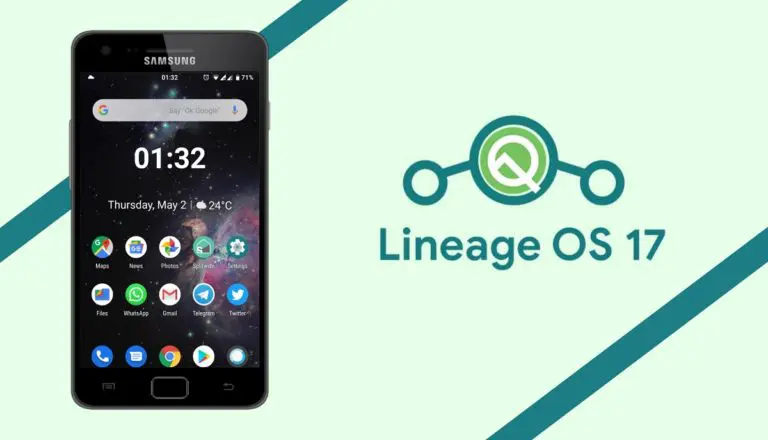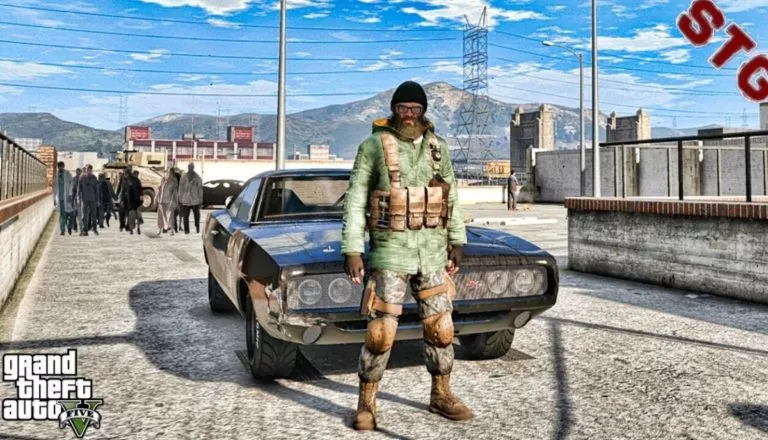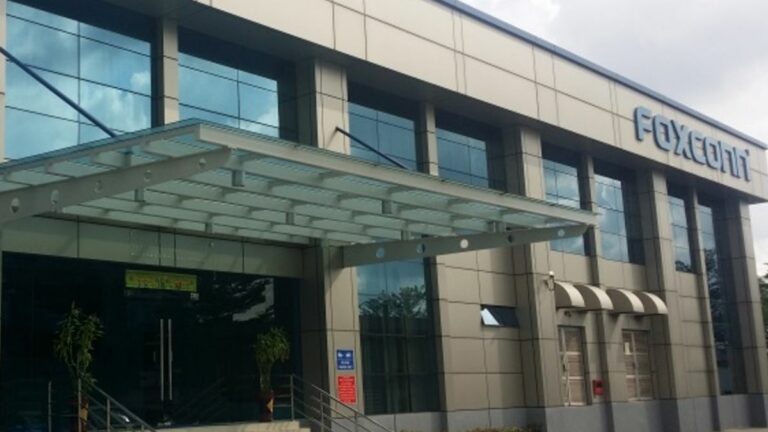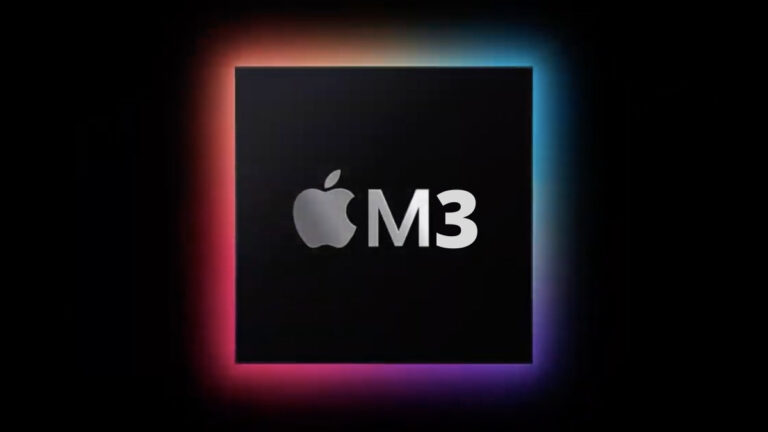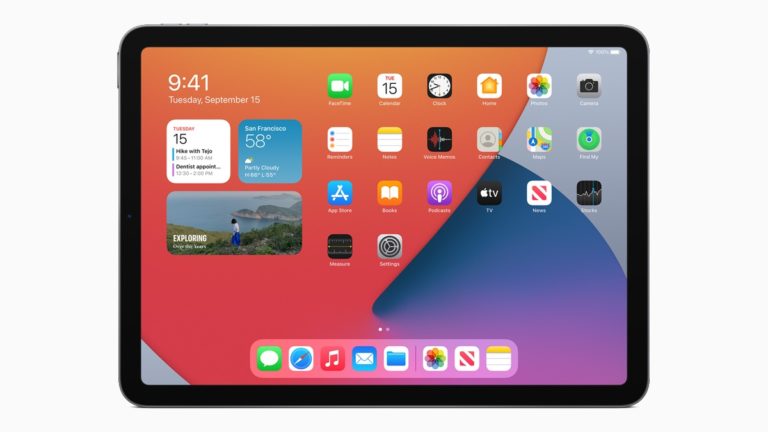Debian GNU/Linux Removing Old Drivers: End Of Vintage Hardware?

The headline may look like clickbait but don’t judge me before reading the whole article. Earlier this month, the Debian team named “X Strike Force” (it maintains packages for the X Window System) decided to pull out a number of old drivers from the Debian repository.
For instance, the r128 driver for more than 20 years old ATI Rage video cards. Among the other drivers are those for Mach 64, Savage, Silicon Motion, SiS, Trident, and input drivers for Elo touchscreens, MuTouch. As per the mailing list, the reasons for dropping the old input and video drivers were either “unmaintained upstream or of no value to the distribution.”
End of Vintage Hardware?
Meanwhile, most Linux distros have already taken care of legacy codes by dropping 32-bit versions, for instance, Ubuntu or Manjaro. Now modern Linux distros focus more on 64-bit rather than 32-bit old software or hardware. But with Debian as a universal operating system, you may not expect it because it’s one of few distros that provide compatibility with many architecture and old hardware. Basically, Debian offers the best free and open-source legacy and backward compatibility support.
But dropping old hardware directly affects vintage audiences who are now upset. I mean, of course, there is a small percentage of people who still prefer the old hardware or software to work –maybe for personal or nostalgic reasons. Whatsoever, without these drivers, they won’t be able to run Debian desktop on old hardware.
However, if you really want old, unmaintained drivers, you still have the option of installing an old, unmaintained version of Debian Linux. You may not find it as attractive as the latest one but it’ll work for you. Or, you may also look for the Linux distro that highly supports old computers.
Should Old Drivers Really Be Removed?
Whether you’re in favor or against removing legacy codes, the reality is that the more hardware you have to support the harder it gets to make any significant improvements, particularly architectural ones, without breaking something. Moreover, you also need people on hand that are familiar with code that has been untouched for years.
Another and most important risk of an unmaintained legacy code is security. I guess everyone wants their system to be secure as well. Hence, shrinking the codebase can be the best move to include all the latest technology support while maintaining compatibility with recent ones.
Credit: Phoronix


